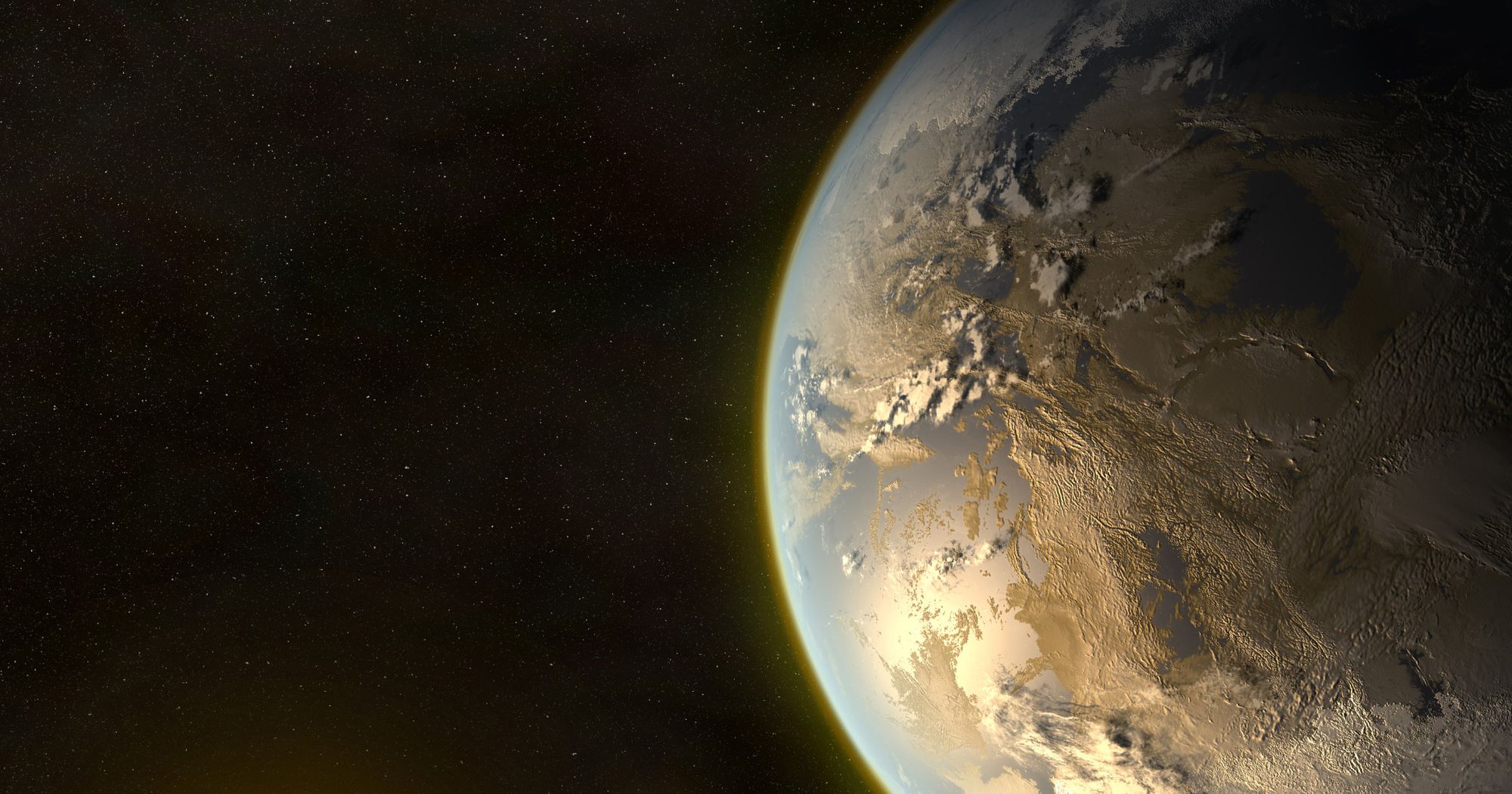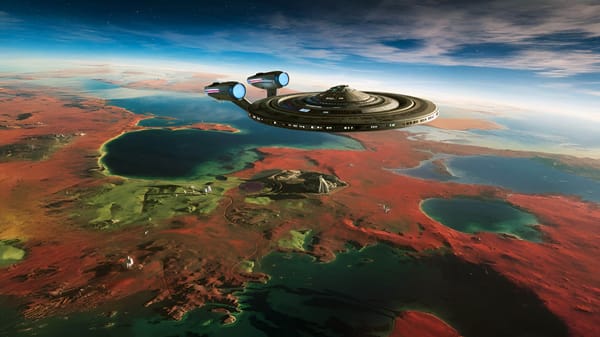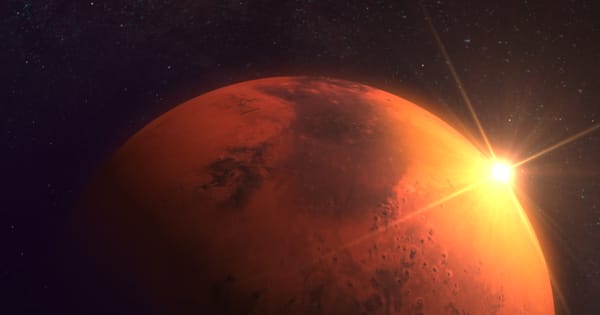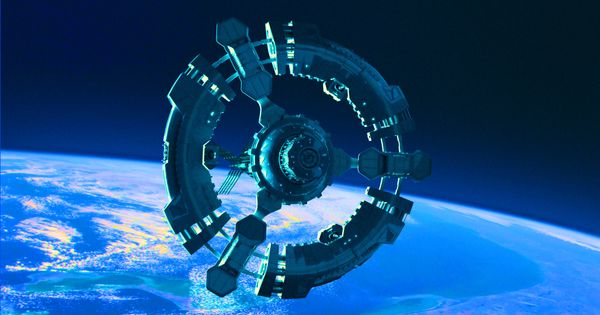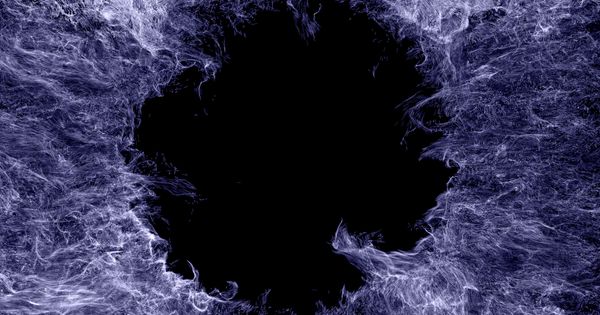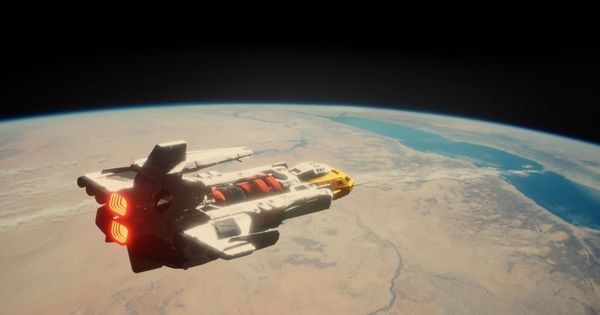Earth may not be the best habitable planet for humans.
So what is the best habitable planet for us humans? According to researchers, it can be any of the dozens of Earth-like planets discovered to date.
When I talk about Earth-like planets, I am talking about exoplanets. An exoplanet is any planet that is outside our solar system, orbiting a star other than our Sun. Not Mars or any of those Jupiter’s Moons which you might be hearing about.
What does it take to be called an “Earth-like Planet”
For centuries we believed that Earth was at the centre of the universe. Later with a better understanding of the world, it was believed that Earth was a unique planet in the known universe. Until NASA’s Kepler Space Telescope made some stunning discoveries.
To date, astronomers have discovered more than 4300 exoplanets, these include all kinds of planets from gas giants and ice giants to even rocky worlds like Earth.
From these exoplanets, the ones considered Earth-like planets need to qualify on two factors. The very first is, that they should be rocky worlds like Earth or Mars with the size being 0.5 to 1.5 times the size of Earth. The second factor is that the planet should be in the right spot in its planetary system.
This sweet spot is often referred to as the goldilocks zone as it is considered a habitable zone around the star where the temperature is just right - not too hot and not too cold - for liquid water to exist on that planet.
The ability to support water makes sure that life can sustain itself on that planet.
Earth-Like Planets are in abundance in the Universe
A recent analysis of the exoplanet data collected by NASA’s trusted Kepler Space Telescope along with a few estimates revealed that there are around 4.1 billion Sun-like stars in our galaxy alone. A further study even concluded that there can be at least 300 million such Sun-like planets with at least one Earth-like planet.
While this data is based on some rough estimates which may not be 100% accurate, data from Gaia, the European Space Agency’s mission to map every star in the Milky Way could come to the rescue. Making the estimate more accurate with fewer uncertainties. Steve Bryson of NASA Ames Research Center in California and his team are one such example where they are using both Kepler and Gaia data to understand the universe better.
They predict that around 37% to 67% of all Sun-like stars could host at least one habitable planet in their planetary system.
That’s a lot.
Do they have any Alien lifeforms?
Now that’s a tricky question as while we know these Earth-like planets do exist, we don’t get to look at those planets’ properties. Take the case of oxygen for instance, while in the habitable zone, we don’t know if the planet supports liquid water or oxygen.
With the ideal conditions, we can say that there can be some sort of alien lifeforms on those planets. Maybe not as intelligent as us humans but simple lifeforms.
But we have seen life take form in one of the harshest conditions, so things that are required for life on earth might not be required for life somewhere else.
Final Word
Famous English theoretical physicist & cosmologist, Stephen Hawking once said, “It will be difficult enough to avoid disaster in the next hundred years, let alone the next thousand or million. Our only chance of long-term survival is not to remain inward-looking on planet Earth, but to spread out into space.”
Various space agencies across the world are looking to look beyond our planet to look for a home away from home.
To Live Long and Prosper.


